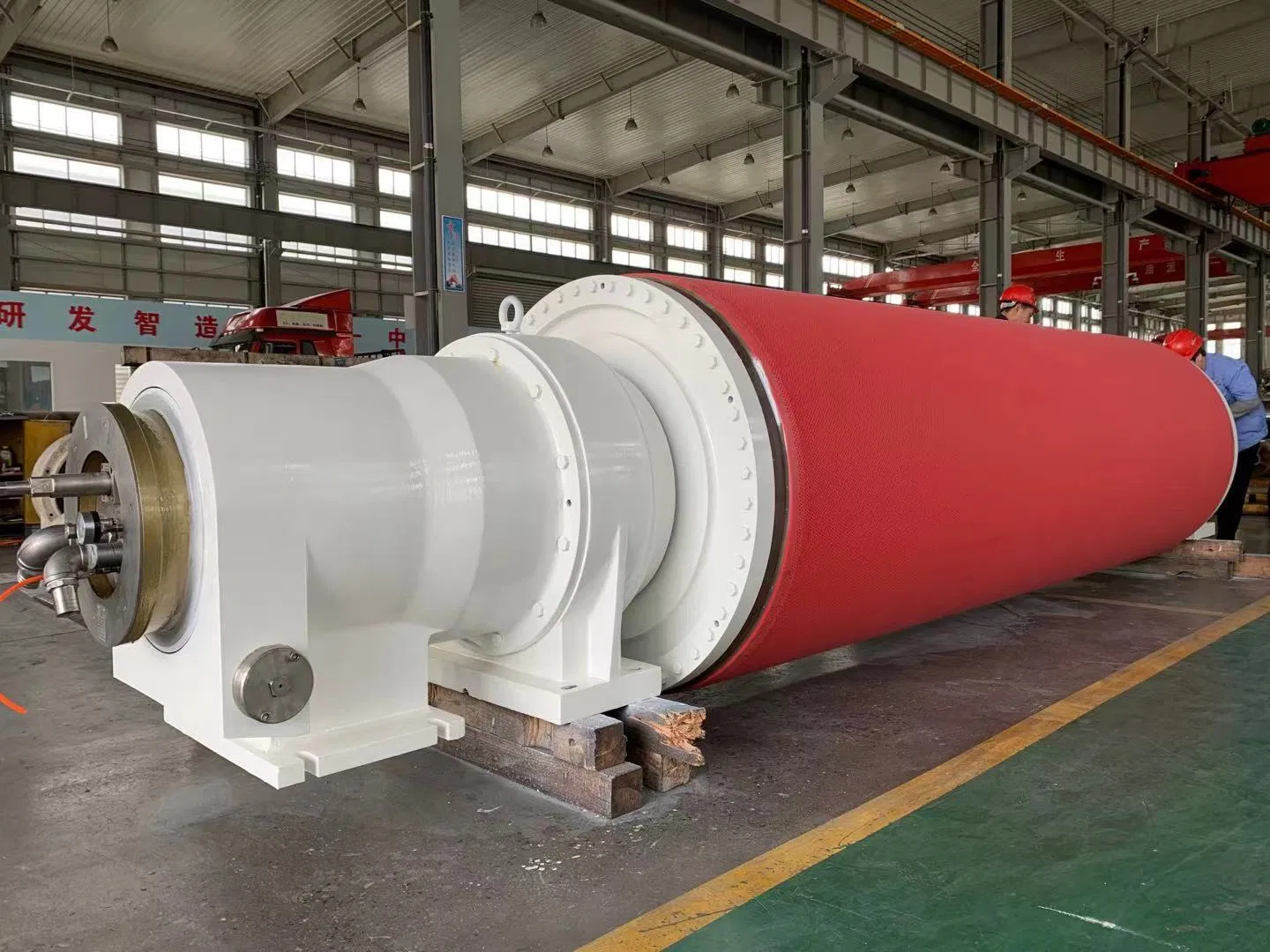The Importance of Efficient Paper Machine Rolls
Paper machine rolls are a critical component in the paper production process, playing a crucial role in shaping, drying, and transporting paper. As the paper industry strives to improve productivity and reduce waste, the design of these rolls has become increasingly important. Innovations in paper machine roll design have led to significant improvements in efficiency, ultimately benefiting both manufacturers and consumers.
Advanced Materials for Enhanced Performance
One of the key areas of innovation in paper machine roll design involves the use of advanced materials. Traditional roll materials, such as cast iron, have been replaced with modern alternatives like high-strength steel and composite materials. These materials offer improved durability, corrosion resistance, and heat transfer properties, resulting in longer roll life and reduced downtime for maintenance.
Optimized Roll Geometry for Improved Dewatering
Another important aspect of paper machine roll design is optimizing roll geometry to enhance dewatering performance. By carefully engineering the roll surface, manufacturers can improve water removal from the paper web, reducing energy consumption and increasing production speeds. Innovative designs, such as grooved rolls and suction rolls with adjustable vacuum levels, have been developed to achieve these goals.
Grooved Rolls
Grooved rolls feature a pattern of grooves on their surface, which create channels for water to be removed from the paper web more efficiently. This design allows for higher drying rates and increased production speeds while maintaining paper quality.
Adjustable Vacuum Suction Rolls
Adjustable vacuum suction rolls enable operators to modify the vacuum level applied to the paper web, optimizing dewatering performance for different paper grades and production conditions. This flexibility results in improved energy efficiency and reduced waste, ultimately leading to increased profitability.
Integration of Sensors and Automation Systems
The integration of sensors and automation systems into paper machine roll design has enabled manufacturers to monitor and control roll performance more effectively. Real-time data on roll temperature, pressure, and vibration can be used to optimize process parameters, detect potential issues before they become problems, and schedule predictive maintenance activities.
- Temperature sensors help maintain consistent roll surface temperatures, ensuring uniform paper drying and preventing overheating.
- Pressure sensors provide feedback on nip forces between rolls, allowing operators to adjust roll gap settings for optimal dewatering and sheet formation.
- Vibration sensors monitor roll balance and alignment, enabling early detection of wear or misalignment that could lead to reduced efficiency or premature roll failure.
Conclusion
Innovations in paper machine roll design have played a significant role in improving efficiency and productivity within the paper industry. By incorporating advanced materials, optimizing roll geometry, and integrating sensors and automation systems, manufacturers can achieve higher production speeds, reduced energy consumption, and improved paper quality. As the demand for sustainable and cost-effective paper production continues to grow, the importance of these innovations will only increase.



